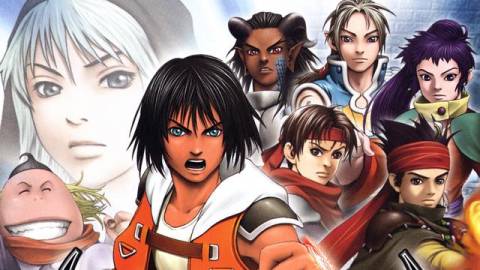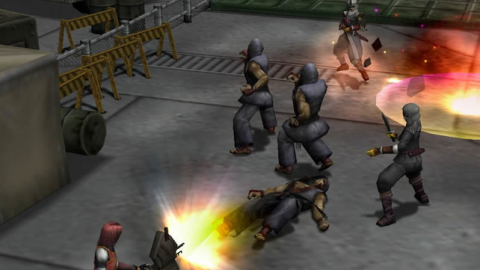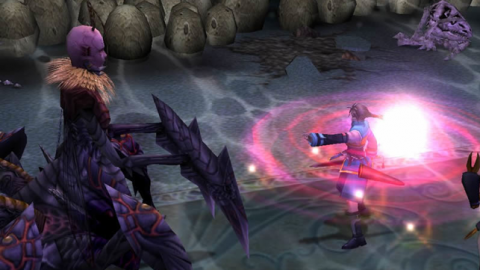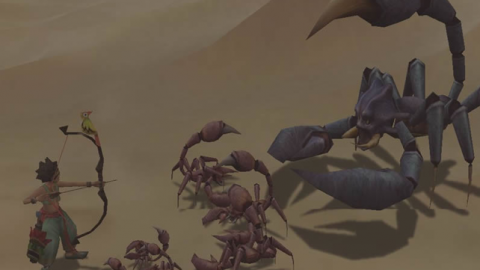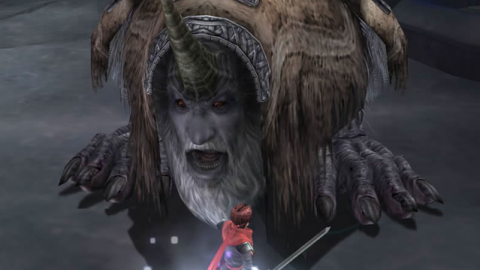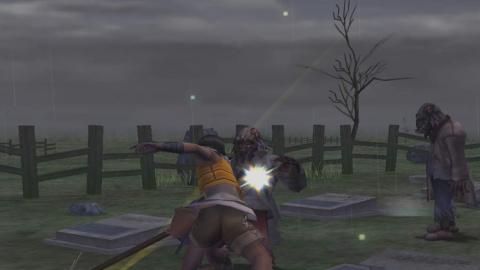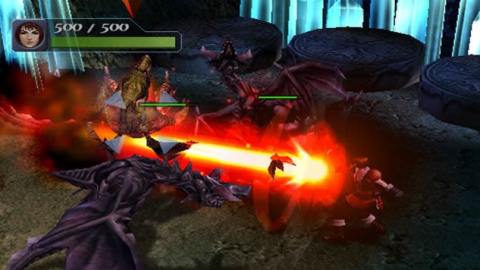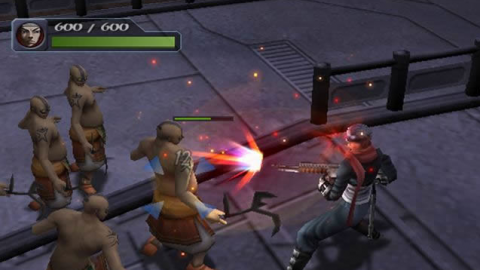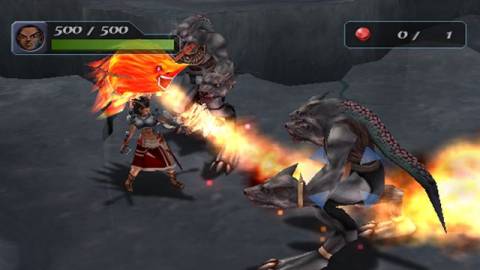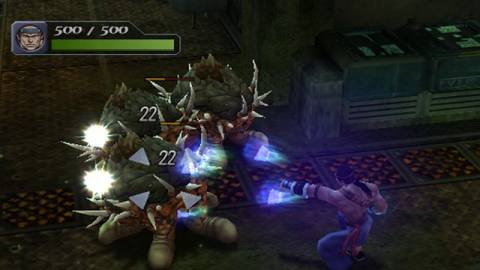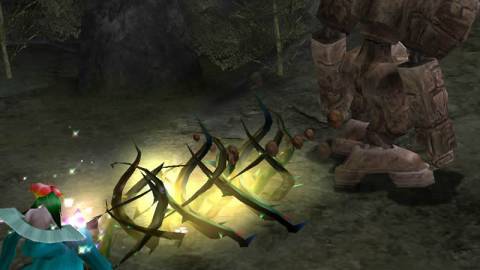Overview
Developed by Cattle Call and published by Sony Computer Entertainment Inc. and Namco, Arc the Lad: End of Darkness was released on June 14, 2005 for the PlayStation 2. End of Darkness is the direct sequel to a previous Arc the Lad title, Arc the Lad: Twilight of the Spirits. End of Darkness takes place five years after the events of Twilight of the Spirits, and features some of the same characters from that game (although they are not as major as newly introduced characters). End of Darkness also changes the gameplay, adding new concepts, radically changing aspects, and expanding the gameplay.
Despite End of Darkness' attempt at innovation, the game received very mediocre reception. The game averages at a 57.46% on Game Rankings. Most criticisms were regarding the uninteresting story, gameplay that took steps backwards for the series, and a short length (coupled with boring side quests). However, the game was praised for its realistic and engaging characters, graphical style, and online multiplayer.
Story
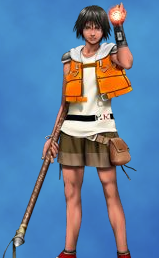
Arc the Lad: End of Darkness is set five years after the events of Arc the Lad: Twilight of the Spirits. The game stars Edda, a young boy who one day is given a book on exorcism by his Slothian (a species of creatures that are renowned for their laziness) friend Hemo, who also happens to be the comic relief of the game. While discovering his natural ability at the art of exorcism, Edda meets a secretive young girl named Kirika, whose interactions with Edda continue to reinforce her secrecy.
After a conflict involving the death of a hunter, Edda's exorcism abilities began to take a form. When he fights a malademon (also known as the Darmyst), he finds that the only way to kill them is to knock them down and then use his exorcist abilities to finish the creature off. Edda's benevolent nature is his main motivation to go out on an adventure to save the weak and ruined world that the game takes place in. He becomes a hunter to accomplish this goal, taking on a variety of missions and quests to end the conflicts that encompass the world he lives in.
Gameplay
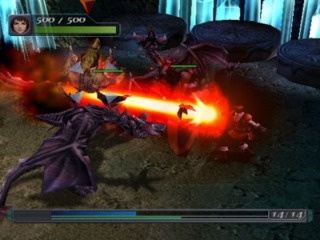
The largest difference between Arc the Lad: End of Darkness and other iterations in the Arc the Lad franchise is the action based gameplay. Rather than the turn-based gameplay that End of Darkness' predecessors had used, this game opts for real-time based battles, giving players control of the characters during battle. Players can lock onto enemies, proceeding to attack, dodge, cast magic, heal, or perform a variety of other actions.
Like other games in the Arc the Lad series, End of Darkness does retain a mission-based system. Players can accept missions at notice boards to progress the plot forward, whereas side quests can be accepted in the hunter's guild (of which the main character is a member). Completing these side quests grants a variety of rewards, not limited to experience points, money, and items. Upon completion of a set amount of plot missions and side quests, the player has the option to finish a test that can potentially be rewarded with a rank up (and therefore unlocking more missions).
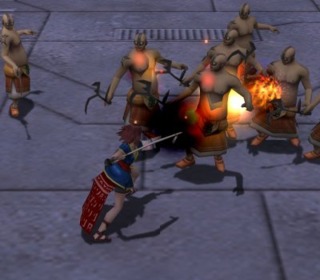
A second new addition to the franchise is the introduction of card based gameplay. These cards can be equipped to any of the playable characters for a wide range of bonuses. These cards can be either ability cards (which grant the character a special magical or special ability) or part cards (which boost a specific statistic). A third type of card can be used to unlock new playable characters by materializing the card. These characters differ from other characters, whereas they can only level up using Edda's exorcise ability, and they can't be used in main story missions.
The online multiplayer component of the game is another new feature introduced by Cattle Call. Allowing up to eight players simultaneously, the multiplayer has two different modes. A cooperative mode, where four players can work together on missions, and a versus mode, where two teams of four players can face off against each other.

 PlayStation 2
PlayStation 2